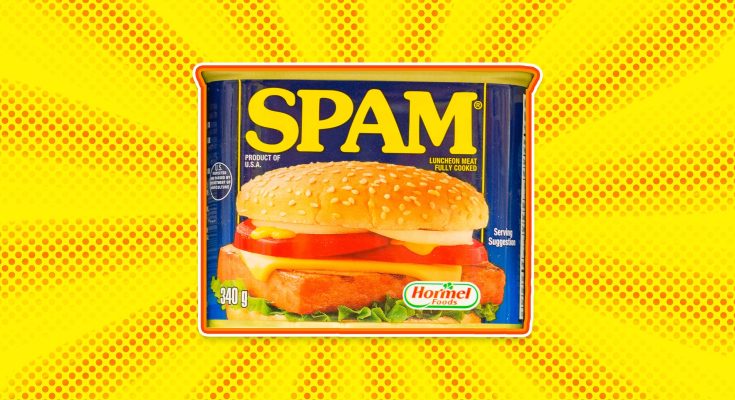SPAM. The very name conjures images: a bright blue and yellow can, a ubiquitous presence in pantries worldwide, and a surprisingly rich history spanning generations. But what is this iconic foodstuff, and why has it endured for nearly a century? Let’s delve into the fascinating world of SPAM.
The Story Behind the Name: A Delicious Mystery
The Great SPAM Name Debate
While many believe SPAM is an acronym, Hormel Foods, the company behind this global phenomenon, has never officially revealed the meaning. Several popular theories abound, each adding to the brand’s intriguing mystique. “Shoulder of Pork And Ham” is a common, though unverified, explanation. “Specially Processed American Meat” is another, often cited with a humorous tone. Perhaps the most credible theory points to “Spiced Ham,” a suggestion from a contest winner who received a $100 prize. Regardless of the truth, the playful ambiguity has undeniably boosted SPAM’s appeal and contributed to its enduring popularity. The true origin, according to Hormel, remains a closely guarded secret known only to a select few former executives—a carefully cultivated mystery that’s become part of the brand’s charm.
Deconstructing SPAM: Ingredients and Production
What’s Inside That Can?
SPAM Classic’s simple recipe features just six core ingredients: chopped pork shoulder and ham, salt, water, modified potato starch (a binder), sugar, and sodium nitrite (a preservative). Crucially, the original recipe contains no artificial flavors or colors, a fact confirmed by Hormel and numerous food databases. The process itself is remarkably efficient: pork and ham are ground and thoroughly mixed with the other ingredients. The mixture is then portioned into cans, vacuum-sealed, and pressure-cooked directly within the can, ensuring both sterilization and an extended shelf life. This process eliminates the need for refrigeration, contributing significantly to its popularity, especially during wartime and in regions with limited refrigeration options.
Beyond the Classic: A World of SPAM Flavors
Expanding the SPAM Universe
While the original SPAM Classic remains a beloved staple, Hormel has expanded the product line considerably over the years, offering a diverse array of flavors to appeal to different palates and dietary preferences. From SPAM Lite (reduced fat, sodium, and calories) and SPAM Less Sodium to more adventurous options like Jalapeño, Teriyaki, Hickory Smoke, Hot & Spicy, and even Tocino (inspired by Filipino cuisine) and Korean BBQ, the variations are extensive. Seasonal and limited-edition flavors, such as Pumpkin Spice, also periodically appear, adding a touch of novelty to the brand. This expansion demonstrates Hormel’s commitment to adapting to changing consumer preferences and exploring new culinary possibilities.

SPAM’s Global Journey: A Culinary Icon
A World War II Legacy
SPAM’s global prominence took off during World War II. Over 100 million pounds were shipped overseas to feed American troops, leading to a complex love-hate relationship amongst soldiers who consumed it daily. This widespread exposure, however, catapulted SPAM to international recognition, particularly in the UK, the Philippines, and across the Pacific islands.
SPAM Around the World






